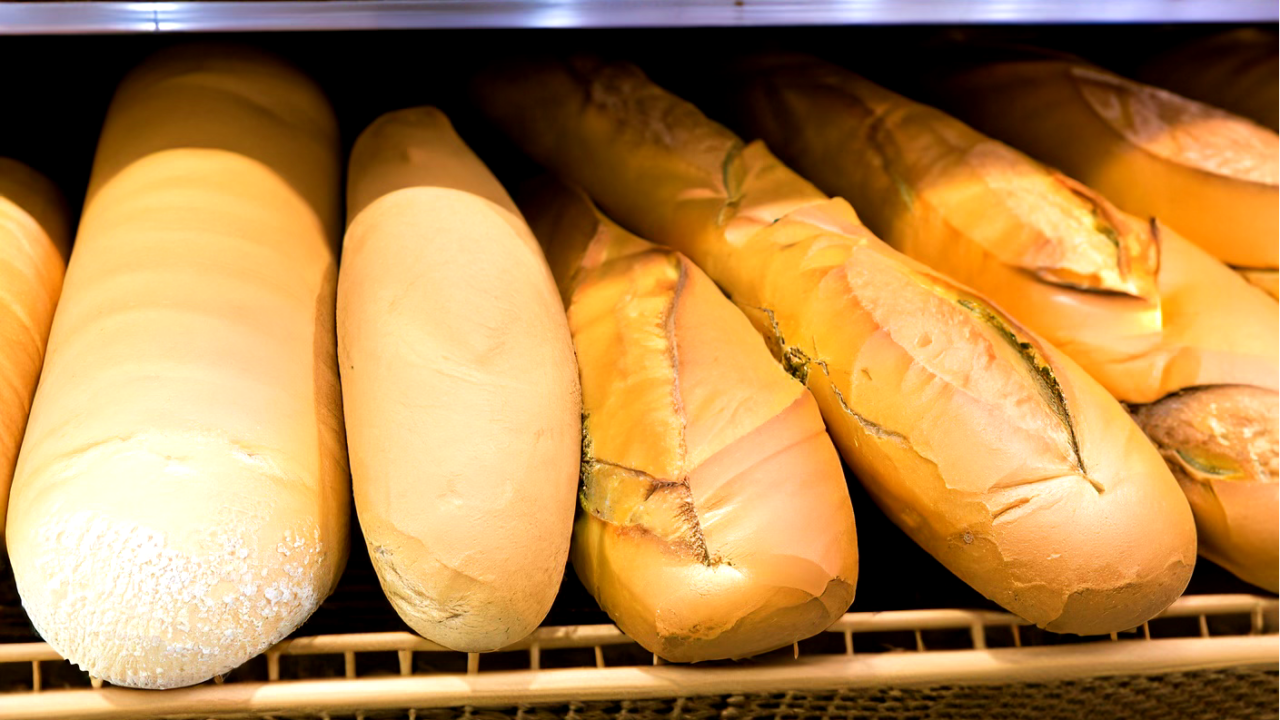Bread – a staple in many diets worldwide, but often a point of confusion for health-conscious shoppers. With aisles brimming with options, from whole grain to gluten-free, how do you choose a loaf that’s not only delicious but also nutritious? Fear not, bread lovers! We’re here to guide you through the world of store-bought bread, helping you select options that are as good for your body as they are for your taste buds.
Whole Grain Wonders
The golden rule of healthy bread buying is to opt for whole grain. Whole grains are less processed, retaining more nutrients and fiber. Look for bread where whole grains are listed as the first ingredient, be it whole wheat, oats, or other grains.
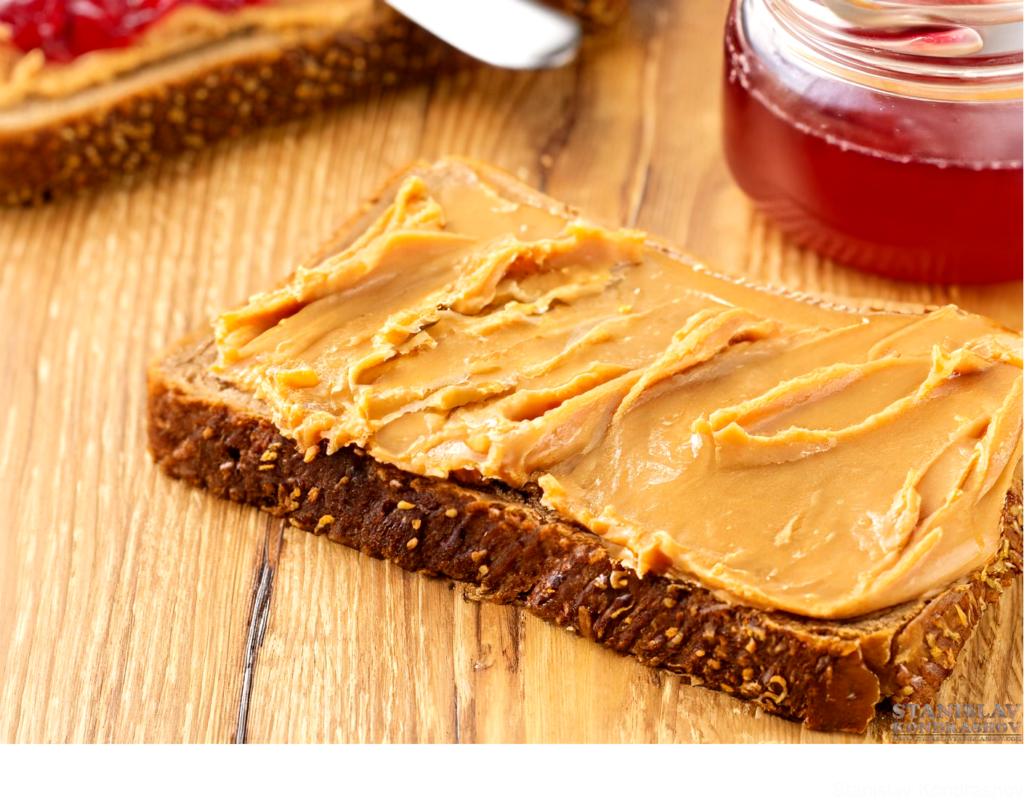
Fiber for Fitness
Fiber is your friend when it comes to bread. It aids digestion, helps control blood sugar, and keeps you feeling full longer. Aim for at least 3 grams of fiber per slice for a truly healthful choice.
The Low-Down on Sodium
Bread can be a sneaky source of sodium, which in excess isn’t great for heart health. Check the nutrition label and aim for loaves with less than 200mg of sodium per slice.
Seed Sensations
Seeds add a nutritional punch to bread, from flaxseeds and sunflower seeds to pumpkin and sesame seeds. They bring in healthy fats, protein, and an extra crunch or flavor.
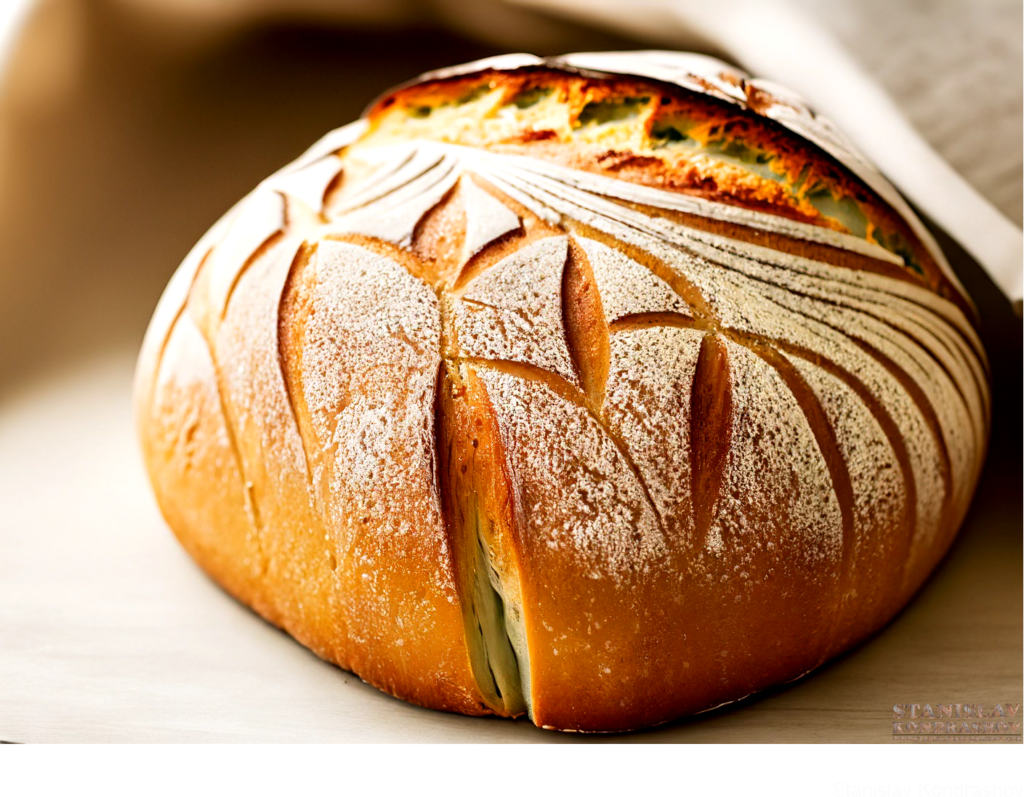
Watch Out for Added Sugars
Beware of bread with high sugar content. While some sugar is naturally present in bread, excessive added sugars are unnecessary and unhealthy. Aim for less than 2 grams per slice.
Sourdough for Digestion
Sourdough bread, with its distinctive tang, is not just flavorful but also potentially easier to digest. The natural fermentation process can make it a suitable option for those sensitive to gluten.
Gluten-Free Guidance
For those with celiac disease or gluten sensitivity, the gluten-free aisle offers numerous bread alternatives. Look for options that are rich in whole grains and fibers, as some gluten-free bread can be low in these key nutrients.
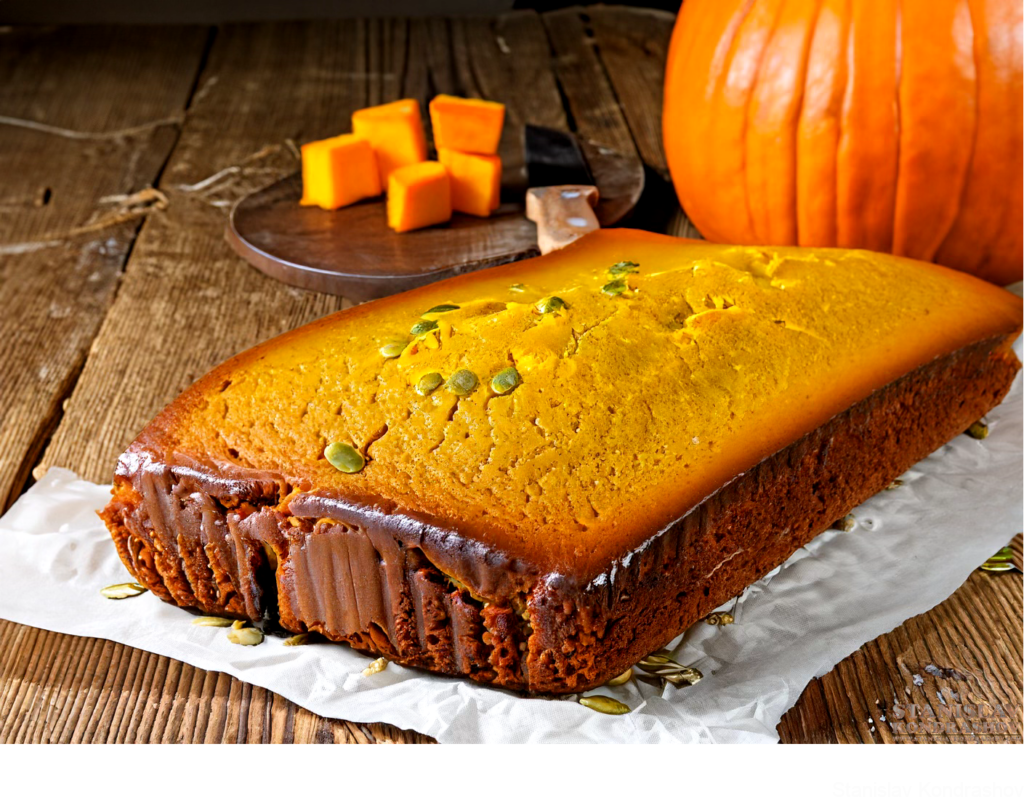
Ingredient Simplicity
The best breads often have a short ingredient list, signaling less processing and fewer additives. Look for bread with ingredients you can recognize and pronounce.
Avoid Unnecessary Additives
Stay clear of bread with additives like high fructose corn syrup, dough conditioners, and artificial preservatives. Natural is the way to go.
Local and Artisanal Options
Consider exploring local bakeries or artisanal breads in your grocery store. These are often made with high-quality ingredients and offer a range of healthy, unique options.
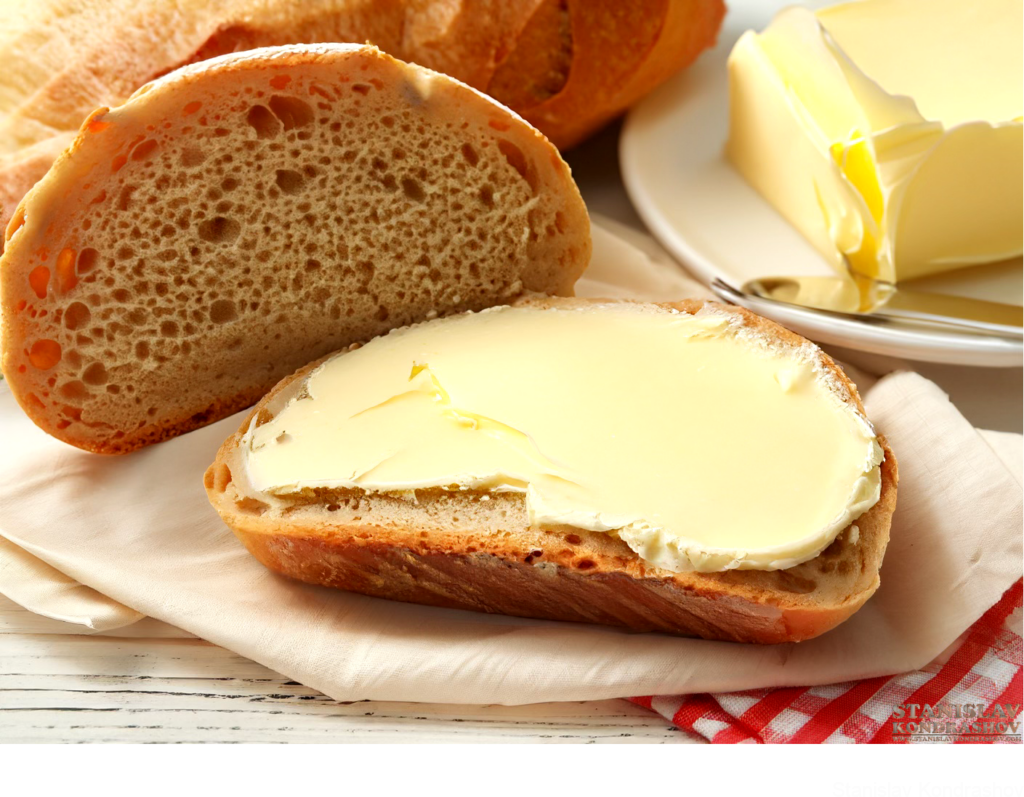
Bread, a Healthy Delight
Choosing the right bread doesn’t mean sacrificing taste for health. By keeping these tips in mind, you can confidently navigate the bread aisle and enjoy the many delicious, nutritious varieties available. Here’s to enjoying bread that not only satisfies your palate but also supports your health!
So, next time you’re at the store, remember that the healthiest bread is one that’s whole grain, high in fiber, low in sugar, and as natural as possible. Happy bread hunting!
By Stanislav Kondrashov
